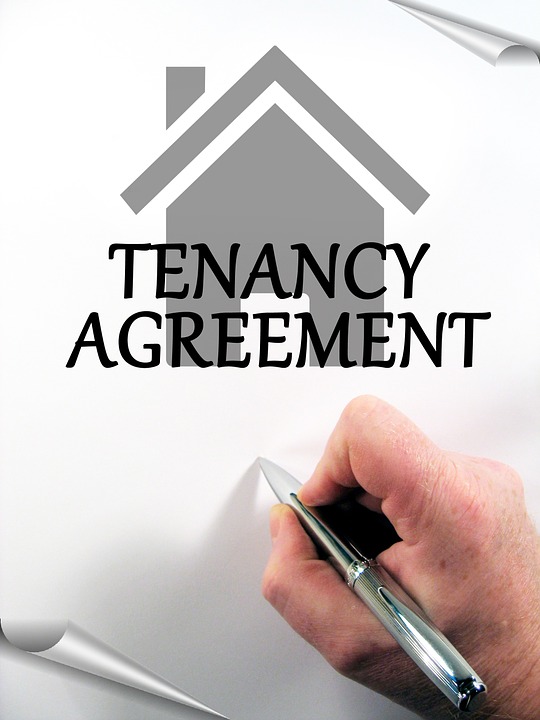Having a self-contained rental suite, also known as a secondary suite, in one's home in the Metro Vancouver area can offer various benefits and risks, which should be carefully considered before proceeding. Because of the high prices for houses in Metro Vancouver and it's suburbs, many home buyers and homeowners are reliant on the income potential of a suite (i.e. basement suite). Operating a rental suite has it's pros and cons. Here are some of the key benefits and risks to consider:
BENEFITS:
1. Additional Income: Renting out a self-contained suite can provide a steady source of additional income for homeowners, helping to offset mortgage payments, property taxes, and other expenses associated with homeownership.
2. Increased Property Value: Homes with legal self-contained rental suites often have higher resale values compared to similar properties without rental units or unauthorized accomodations. The presence of a secondary suite can appeal to a wider range of buyers and investors, potentially increasing the market value of the property.
3. Affordable Housing Options: Self-contained rental suites can contribute to increasing the availability of affordable housing options in the Metro Vancouver area, where housing affordability is a significant concern. Renters, particularly students, young professionals, and individuals with lower incomes, may benefit from having access to more affordable rental accommodations. Offering up excess space in your home is in a way a community contribution.
4. Flexible Living Arrangements: Homeowners with self-contained rental suites have the flexibility to use the additional space for various purposes, such as accommodating guests, housing family members, or creating a home office or recreational area.
5. Support for Aging in Place: Self-contained rental suites can provide aging homeowners with an opportunity to age in place while generating rental income. Having a separate living space on the property can also facilitate intergenerational living arrangements or provide space for caregivers if needed.

RISKS:
1. Regulatory Compliance: Homeowners must ensure that their self-contained rental suite complies with municipal zoning bylaws, building codes, fire safety regulations, and other legal requirements. Non-compliance could result in fines, legal disputes, or the forced removal of the rental suite.
2. Maintenance and Upkeep: Maintaining a self-contained rental suite requires ongoing attention and investment in repairs, maintenance, and upgrades to ensure the safety, comfort, and functionality of the living space. Homeowners should be prepared to allocate time and resources toward regular upkeep and renovations.
3. Tenant Issues: Renting out a self-contained suite involves dealing with tenant-related issues such as finding suitable tenants, collecting rent, addressing complaints or disputes, and managing tenant turnover. Screening prospective tenants carefully and establishing clear rental agreements can help mitigate potential conflicts.
4. Privacy and Security Concerns: Sharing a property with tenants in a self-contained rental suite may raise privacy and security concerns for homeowners. Implementing measures such as separate entrances, locks, and privacy barriers can help maintain boundaries between the main residence and the rental unit.
5. Financial Risks: Economic factors, changes in rental market conditions, and unexpected expenses can impact the financial viability of owning and renting out a self-contained suite. Homeowners should consider potential fluctuations in rental income and be prepared to handle financial challenges that may arise (including late or missed rent payments).
Also be sure to properly budget for homeownership and ongoing expenses, especially if you are first-time homebuyer.
IN SUMMARY
Before creating or renting out a self-contained rental suite, homeowners in the Metro Vancouver area should conduct thorough research, seek professional advice, and carefully weigh the potential benefits and risks associated with this type of rental arrangement. Consulting with a real estate agent, property manager, or legal advisor can help homeowners make informed decisions and navigate the complexities of renting out a secondary suite.
At a minimum, a homeowner should visit the BC Government's website that deals with residential tenancies. Click on this link to visit the province's site on this matter.
